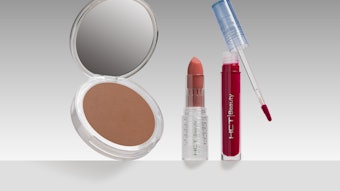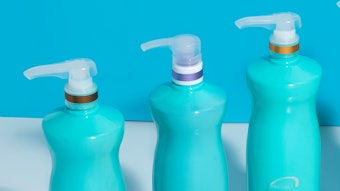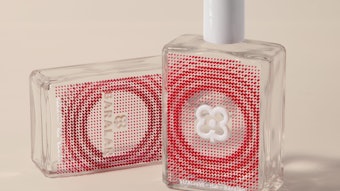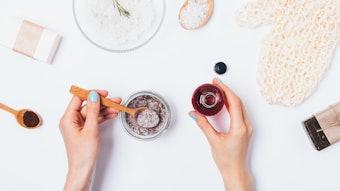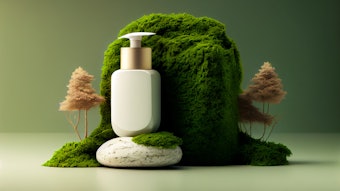For beauty packaging suppliers, there are two primary audiences: the beauty brands themselves and then the brand’s customers, the consumer. Package designs need to provide the consumer with an overall positive experience by offering packages that are unique, clever and actually do something—in addition to opening easily, functioning properly and dispensing perfectly.
Creating and developing a positive experience for the consumer with not only the aesthetics of the package in mind but also the overall functionality of the package ultimately benefits beauty brands. There is a true opportunity for creating a more meaningful experience in developing a package that goes beyond expectations, both for the brand and the consumer.
One of the emerging trends we continue to see is the desire and demand for airless dispensing. Because beauty brands across the board are developing more specialized formulations with technology-driven ingredients, these products require the perfect package to represent and uphold the integrity of the brand. Airless packaging provides benefits such as little or no product waste, controlled dosage, protection against oxidation, and even distribution of nearly any product type.
Also, as with most markets, sustainability continues as a strong trend. Environmentally friendly packaging requests are gaining in popularity, likely a direct result of consumers being more aware than ever of their own eco footprints. In fact, it’s as if sustainability is no longer an inquiry but a requirement in the procurement process.
Fusion Packaging, for example, has undertaken one means of addressing this trend by developing packages that don’t require an overcap. These designs not only require the production of one less component, they also provide brands the ability to promote the advantage of no leaks or spills when the product is in a closed, locked position. When packaging is designed this way, consumers don’t have to worry about the loss of an overcap, and this makes the advantages twofold—less packaging components to produce and a happy end user.
“Our inspiration for innovating and developing packaging is consumer-driven”, says Alex Kwapis, creative director, Fusion Packaging. Because getting consumer attention is the name of the game. There are more products on the market than ever before, and packaging is a huge factor in what consumers chose.
This has led some beauty brands to lean toward a clinical design. These typically have a clean, sleek, modern look that makes use of white, silver, gray or even black color schemes. And packaging that provides a “clinical with a twist” look and feel can help a brand achieve a desired appearance while also differentiating itself from the competition.
In skin care, there is a split between packaging that has branded itself with a fresh, clean, unfussy look versus more of a high-end, luxury appearance. Materials such as polypropylene lend themselves well to the simplified look, while materials like clear polyethylene (PETG and PCTG) continue to exemplify luxury. There also has been a huge trend of masstige brands attempting to dress up their packaging with hot stamping rather than actual metal components. This way, they have the look of prestige but a cost that is more aligned to mass brands. And when it comes to the prestige brands, beauty companies want the packaging to convey a message of confidence to the consumer, something that says the products not only produce results but also provide aesthetically pleasing packaging that can proudly be displayed on a bathroom counter.
Small-sized packaging also seem to be on the rise. There have been more and more requests from brands to design and produce mini-style or travel-sized bottles. These designs are a way to give consumers the same experience they get with the full-size packages, allowing them to try the product before investing in an entire regimen while still getting a distinct version of the whole brand experience. Additionally this trend lends itself to and solidifies the emerging popularity of sets and kits, which many brands are developing and implementing.
Packaging items that are truly functional in scope—such as direct applicators, tubes with lip gloss brushes, locking actuators, view strips so you can see how much product is left and even more technology that informs the consumer when to change out the product—are increasingly popular as well. Many brands are providing multitasking products such as foundation with anti-aging elements or SPF ingredients, and this often requires the packaging to be as functional as the formulation.
With packaging, it is critical that the functional aspects of the package work for the full life of the product. Otherwise people might look past the great formulation and become fixated on the shortcomings of the package. “Gimmicky might get a one-time buy, but if it doesn’t work they won’t repurchase and they will likely blog, video post or tweet about it,” says Kwapis. This makes not only a great-looking package essential, but also great quality and engineering to ensure the package performs each and every time it’s in a consumer’s hands.
Jamie Moore is director of marketing with Fusion Packaging.



